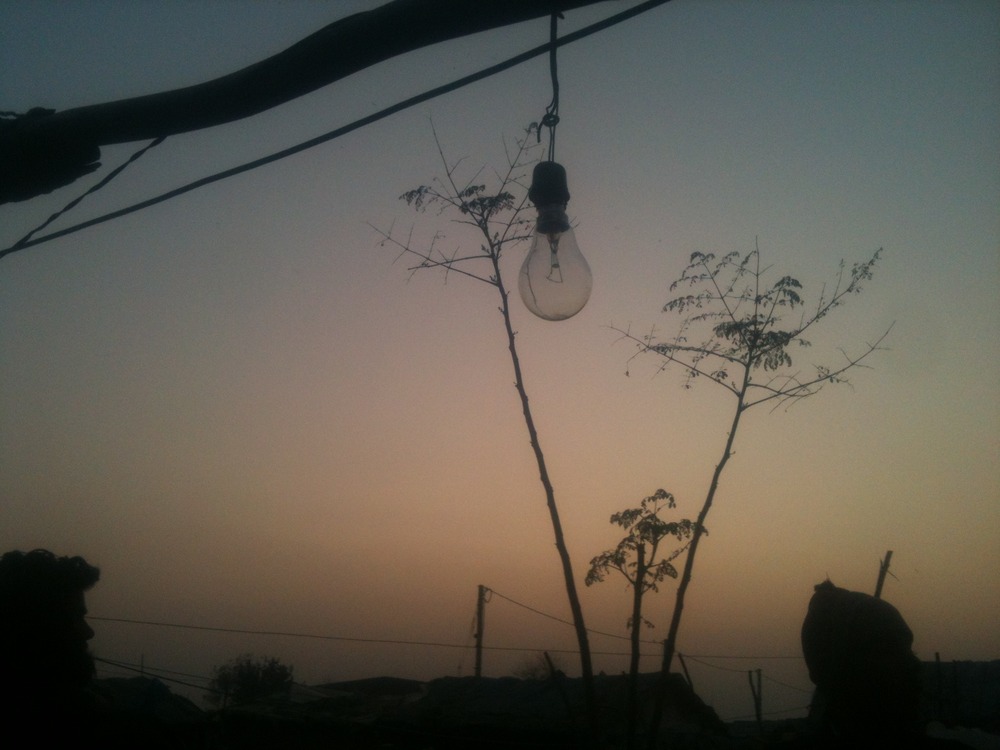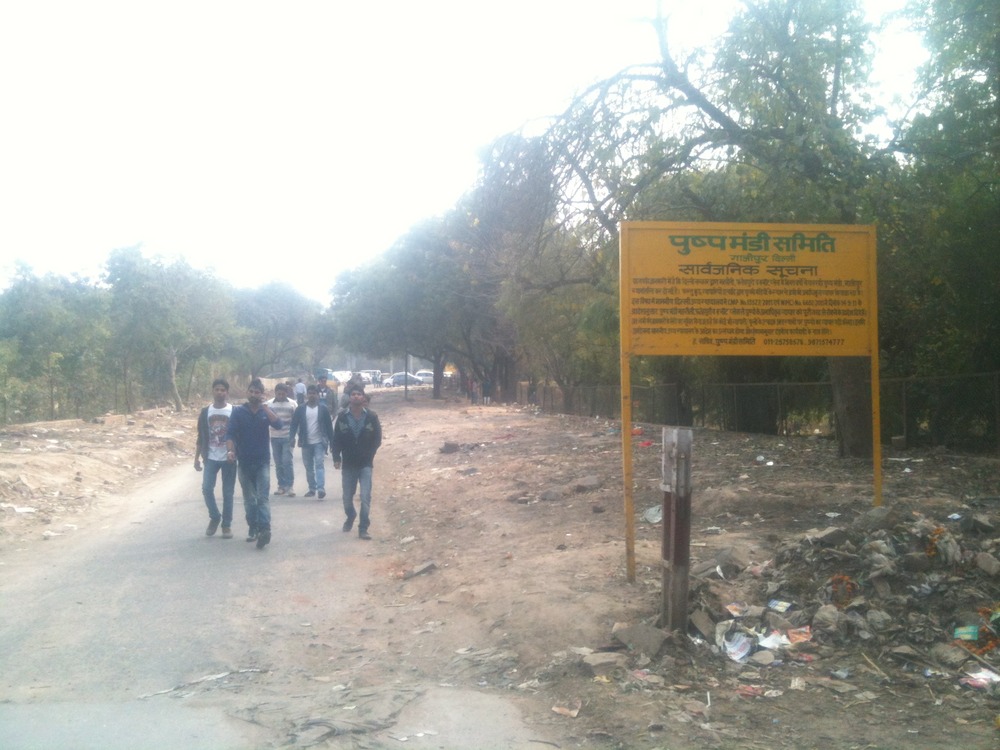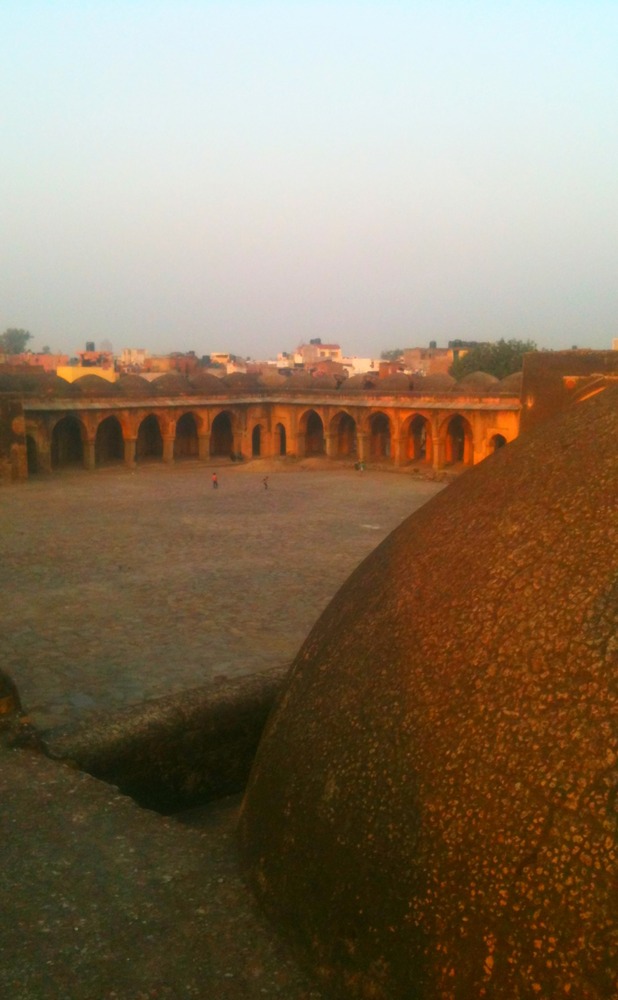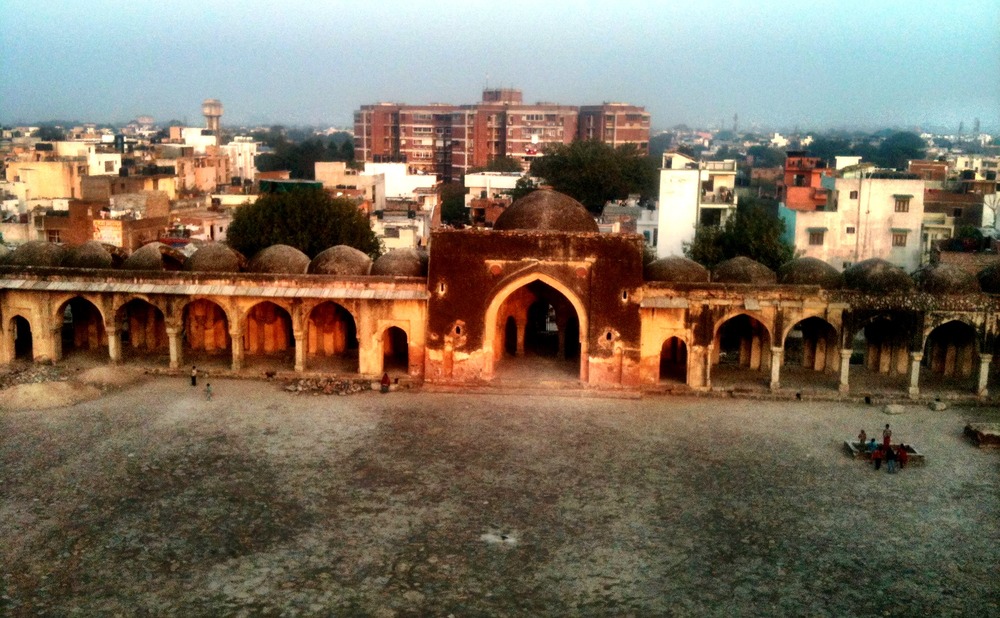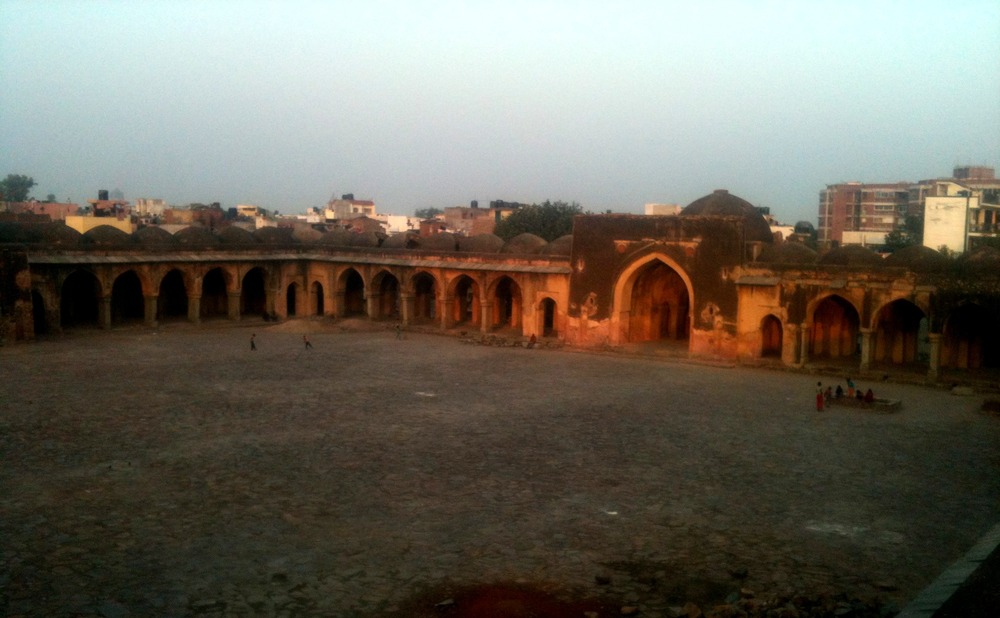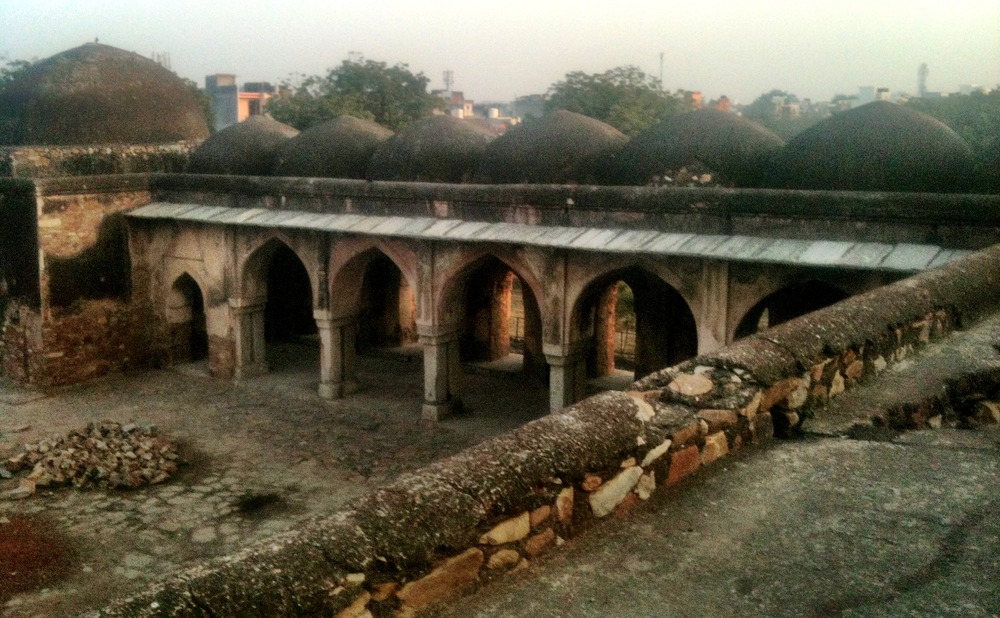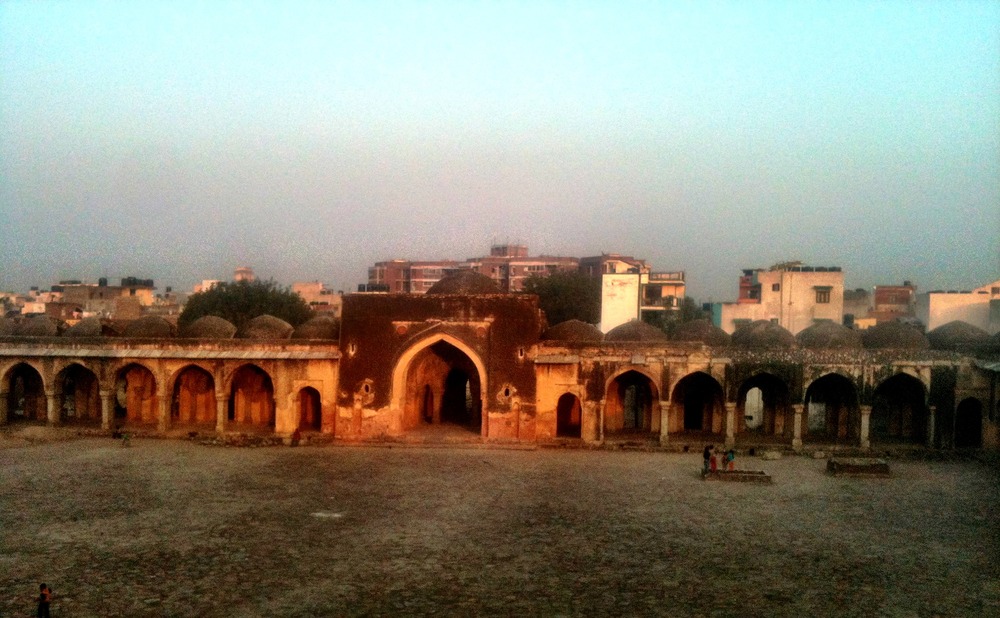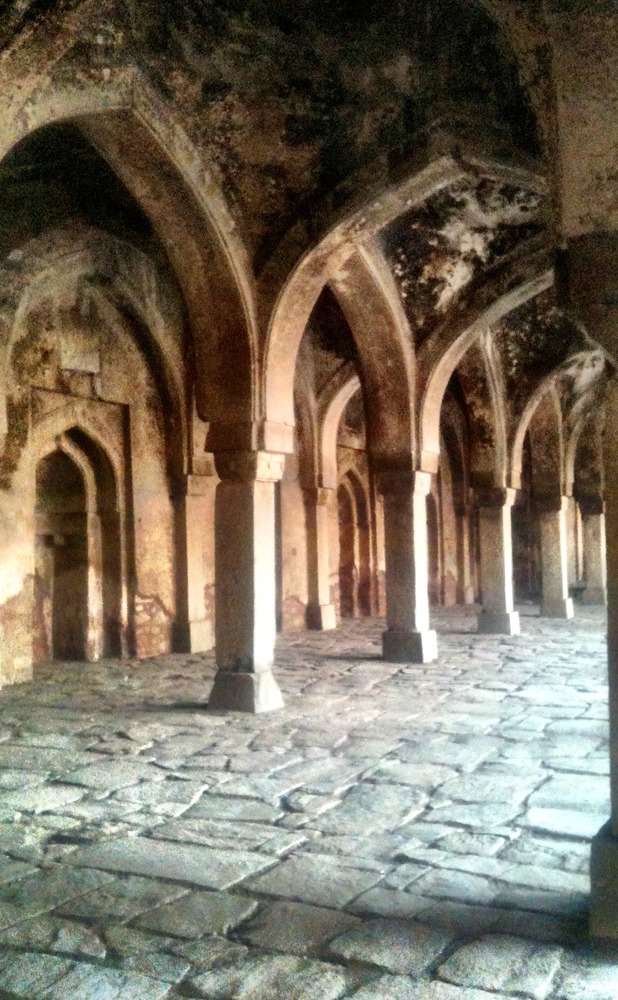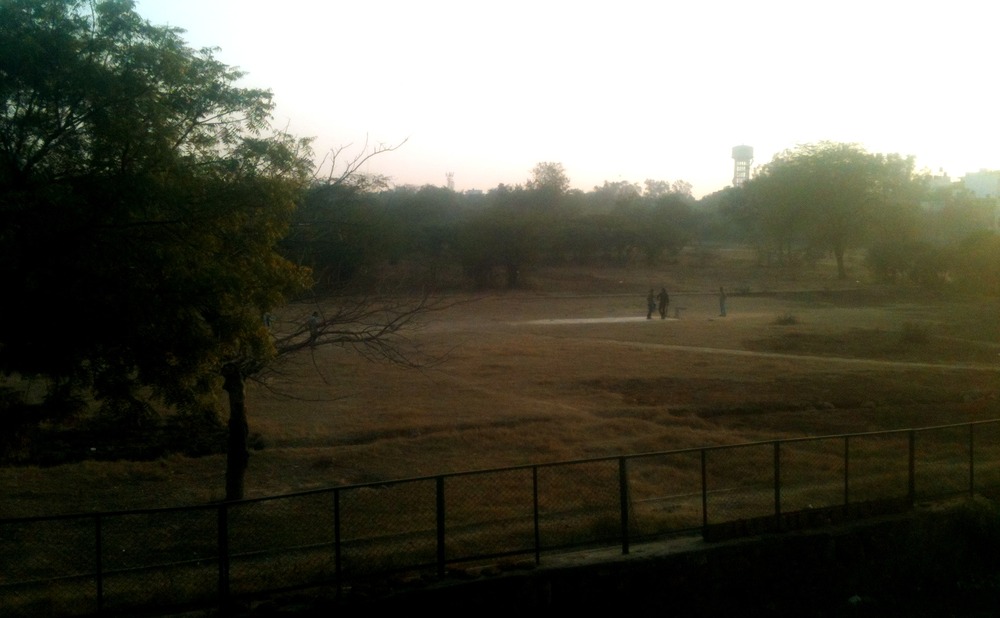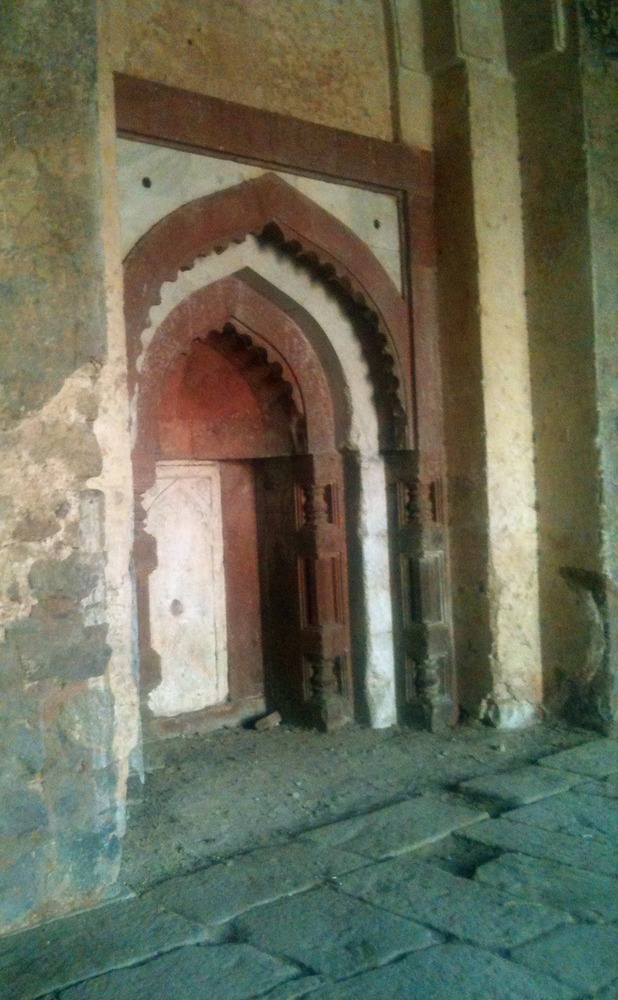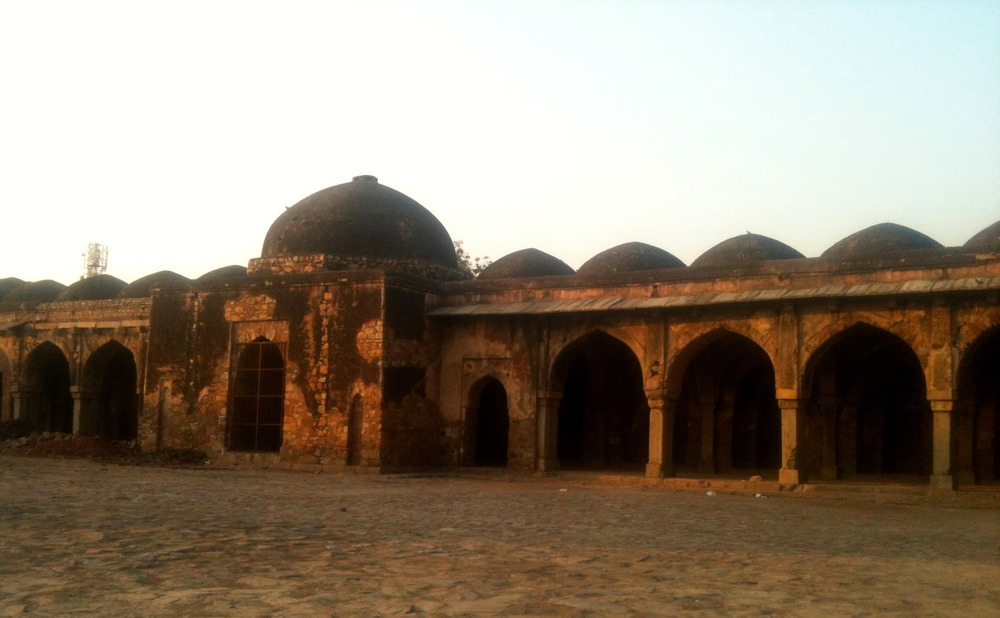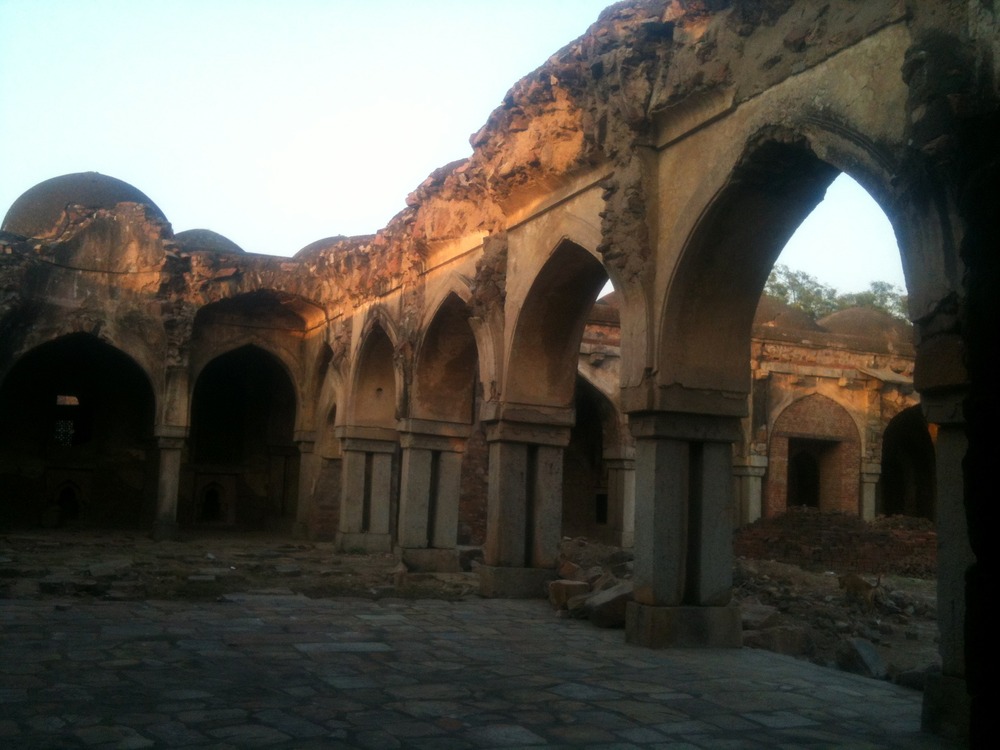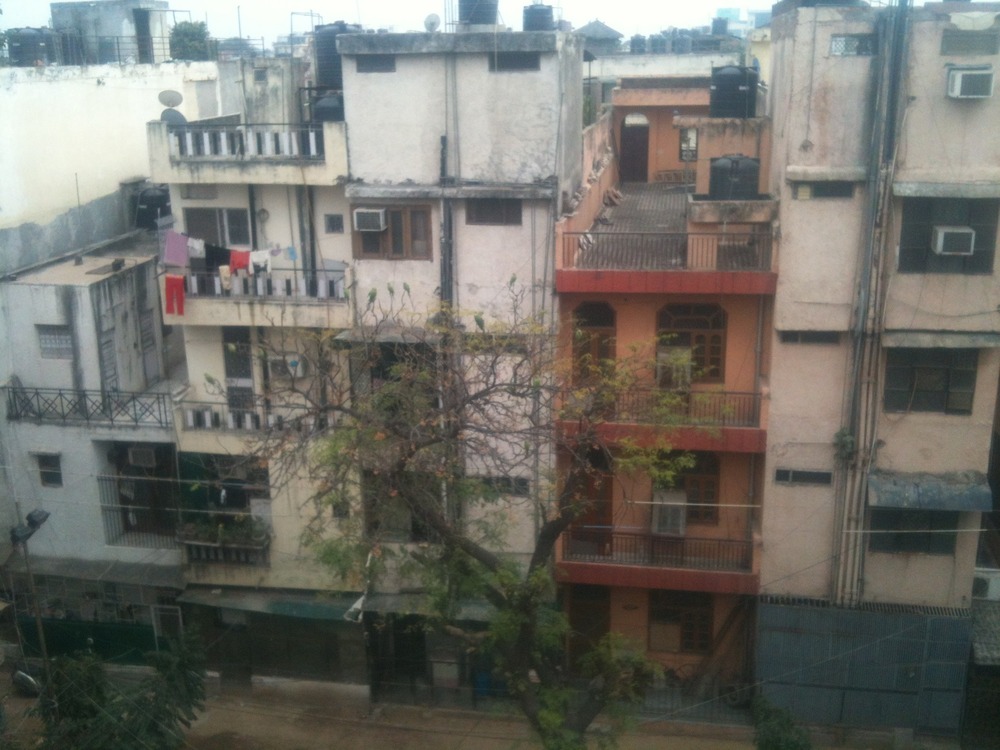At waste picker slum in Delhi
Author Archives: linuskendall
The other story
Where the Mehrauli flower market ain’t no more
I was told that this market had been there for 100s of years – in fact
maybe one of the oldest in India. Thankfully, on my last visit to
Mehrauli I was relieved to see that such a blotch on the face of the
world class city of Delhi had been conveniently relocated.
Mocha has some seriously strange mixes of music…
… and their waffles are kind of shit.
A little bit desperate and a trifle horrified
When there’s no Kindle for quotes in physical texts here comes the
offline version:
How long is thirty days?
Now, this is a movie I can’t wait to see!
Oh noes!
Begumpur Masdjid take 2
Begumpur used to lie in the middle of the city called Jahanpanah which was one of the many capital cities founded around Dilli. The village, which is now integrated with colonies like Malviya Nagar, still feels separate from the urban sprawl of modern South Delhi in the way that Shahpur Jat, Hauz Khas, Mehrauli and other villages around are. On the road between Mehrauli and Shahjahanbad it has probably traditionally always been a bustling, happening place. Apart from the mosque there’s the remnants of a palace called the Bijay Mandal. Both of them offer views (something of a rareity in squat south Delhi) if you dare the stairs up.
From archnet:
The Begumpur Mosque is situated at the center of the sultanate capital of the Tughluq dynasty, Jahanpanah, now part of south Delhi. It was built during the reign of Muhammad Shah Tughluq (1325-1351) or his successor, Feroz Shah (reg. 1351-1388). The mosque is congregational, with a corresponding generosity in size; it measures 307ft by 295ft. It was in its time an important social center of the capital, and included within its walls a madrasa and a treasury. It is a courtyard mosque of the Timurid type, with single-vaulted arcade wings on the northern, southern, and eastern wings surrounding a large courtyard. A deeper prayer hall closes the west, facing Mecca. The mosque is entered through a single gate on the eastern side, and the whole is built in an austere style of rubble masonry.
The mosque contains 64 domes, with one central one with a height of 9ft. The Begumpur Mosque is known as the first Indian example of the “Brhatmukhi” mosque type: at the center of the 24 arches on its main façade, an extremely large arch stands out, flanked by massive tapering pylon-minarets.
